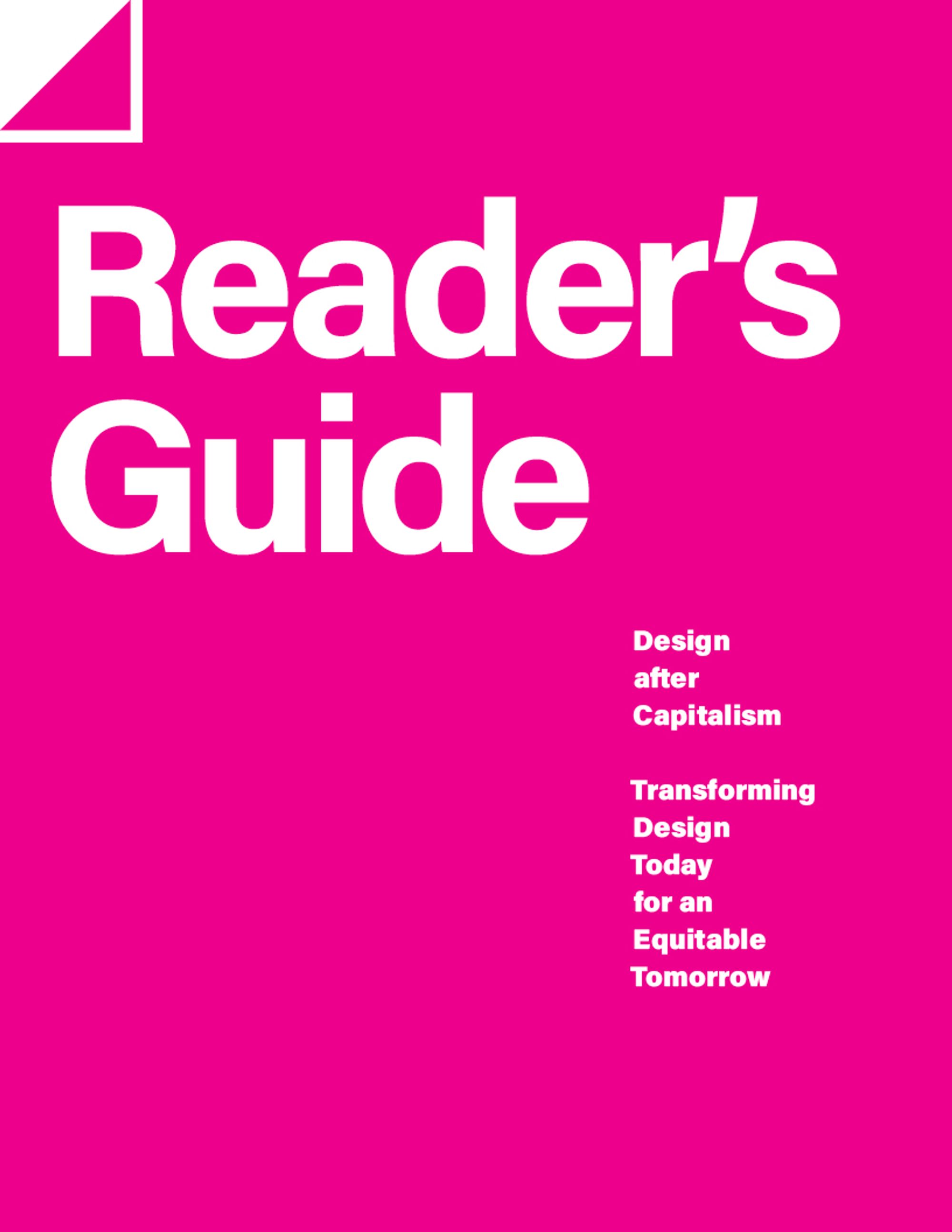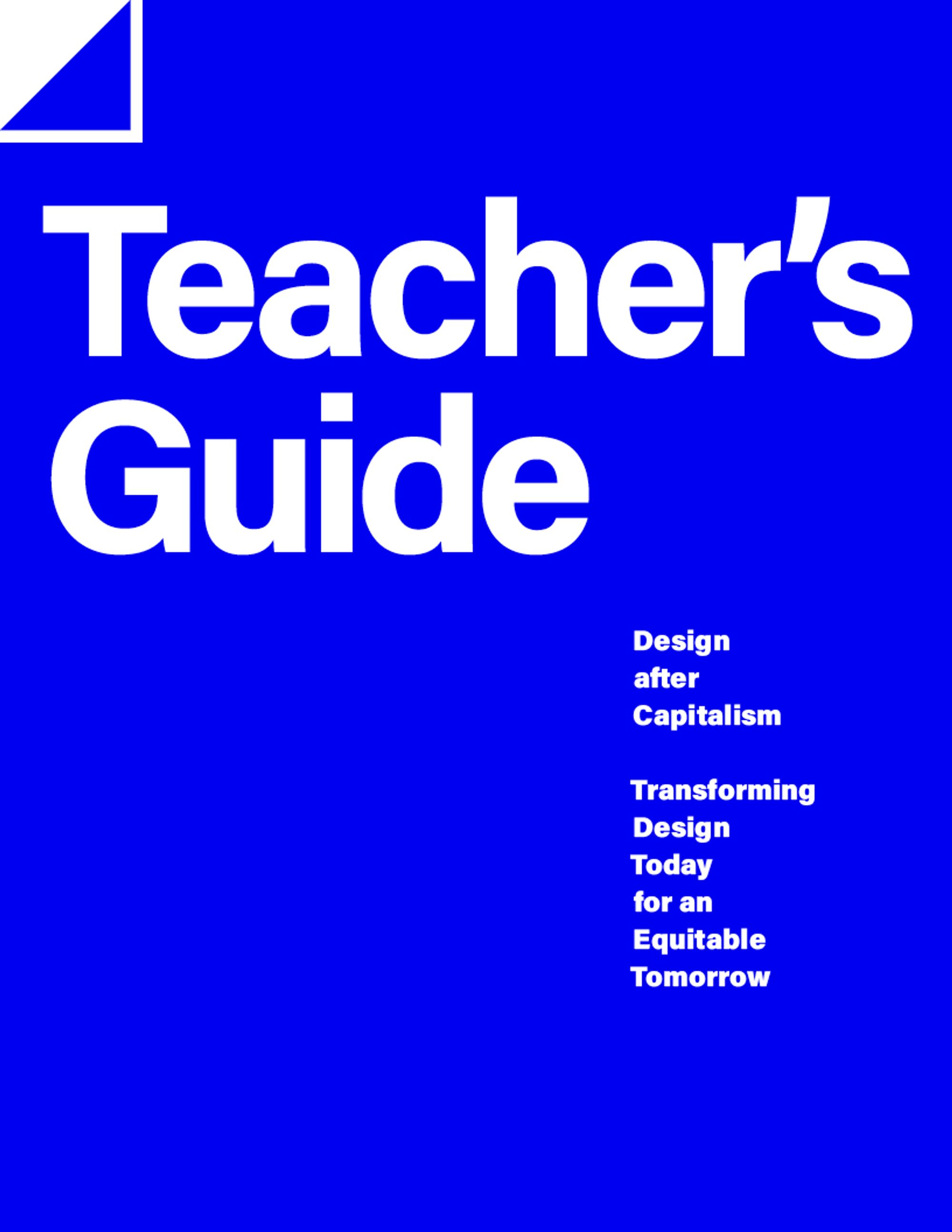In Design after Capitalism, Matthew Wizinsky argues for design practices to reorient toward deliberate transitions of everyday politics, social relations, and economies. Looking at design through the lens of political economy, Wizinsky calls for the field to transcend the logics, structures, and subjectivities of capitalism—to combine design entrepreneurship with social empowerment in order to facilitate new ways of producing those things, symbols, and experiences that make up everyday life.
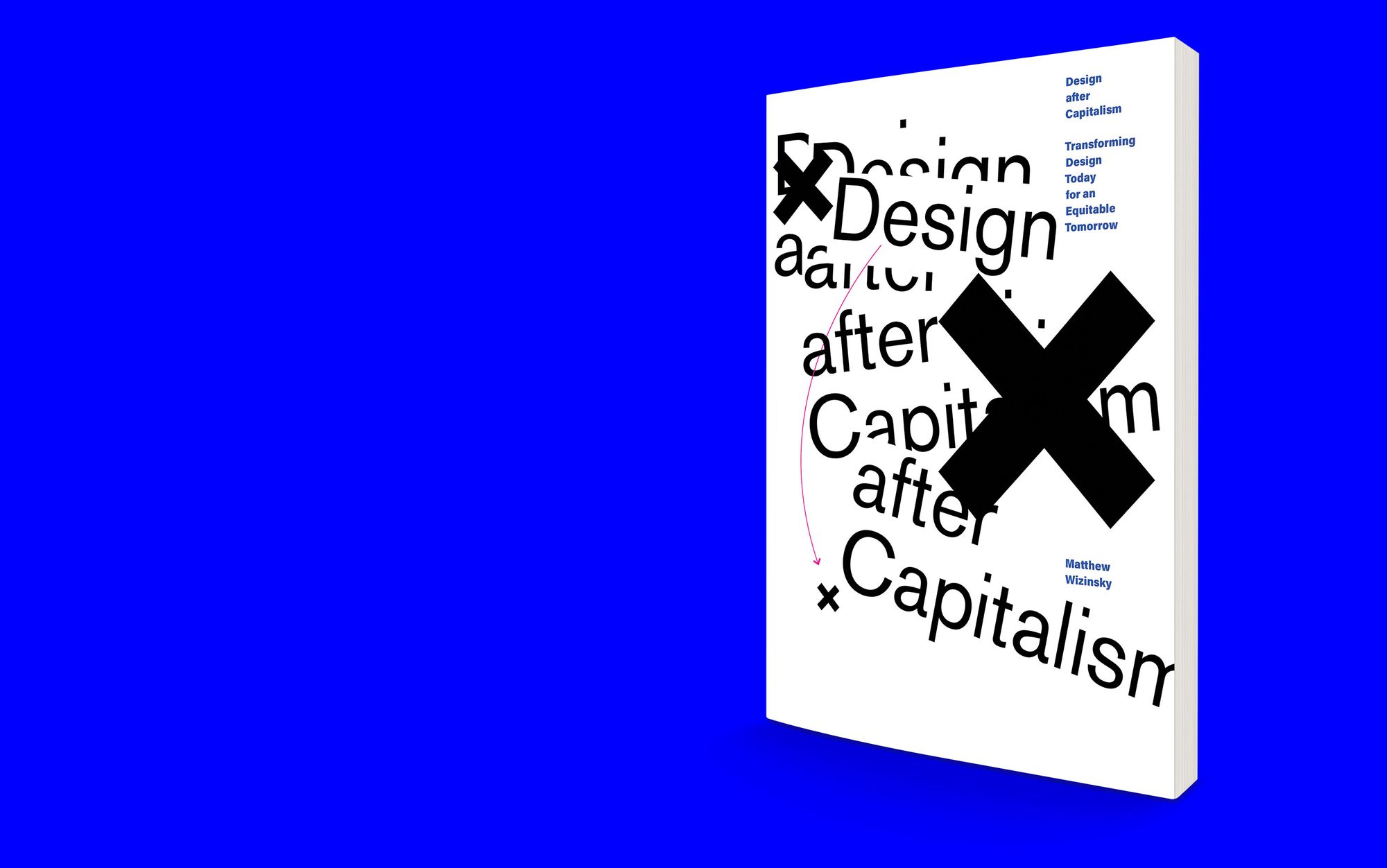
Here you can find tools to support the study and practice of Design after Capitalism.
Have a look around.
Guides
Awards
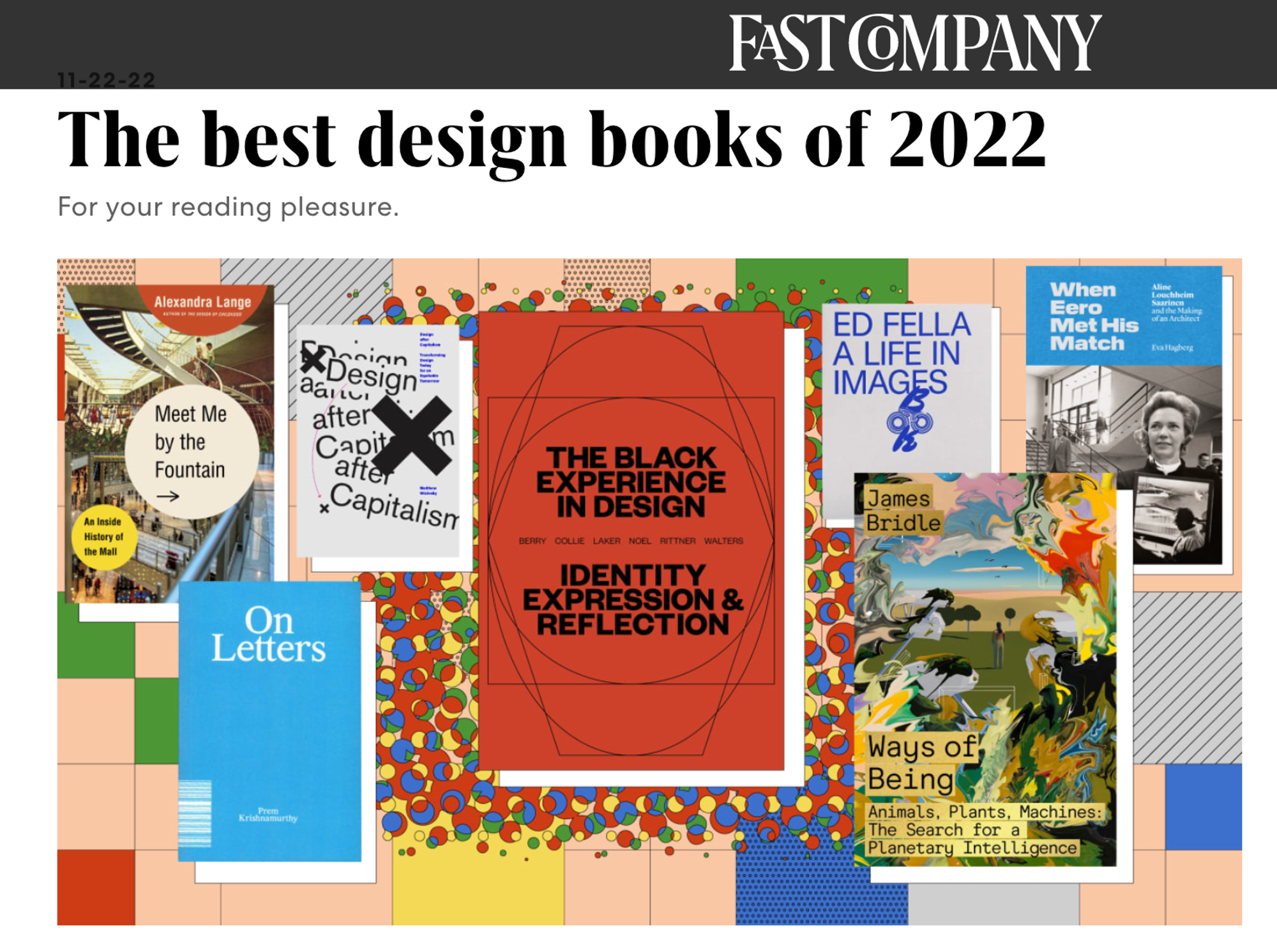
“Design After Capitalism is part alternative history of design and capitalism entanglements, part case studies of post- and anti-capitalist design from around the world, and part tool kit to begin imagining new ways of design—ways of talking about it, ways of practicing it, and ways of engaging with it that could exist in a post-capitalist future.” —Jarrett Fuller
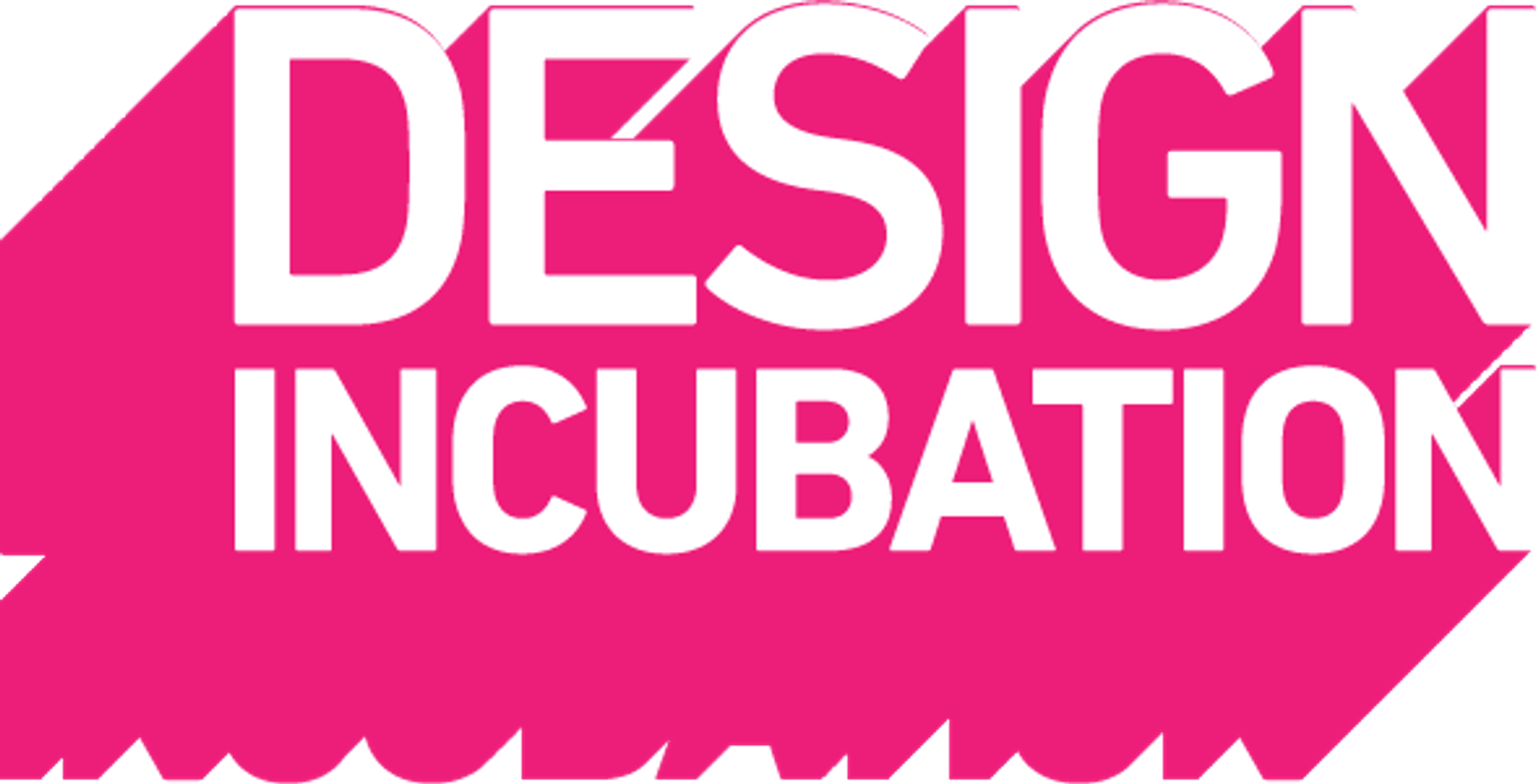
Design after Capitalism was recognized by Design Incubation with a Communication Design Award for Best in Publications / Scholarship.
Endorsements
“Matthew Wizinsky shows designers how to erode capitalism from the inside out by nurturing the commons and creating tools for cooperation and exchange. Above all, designers can help us downsize everything from packaging and waste to the ever-expanding work week of the creative classes.”
Ellen Lupton
Senior Curator of Design at Cooper Hewitt, Smithsonian Design Museum; co-author of Extra Bold: A Feminist, Inclusive, Anti-Racist, Nonbinary Field Guide for Graphic Designers
“An essential examination of the potential for design and designers to contribute to societal transitions toward more sustainable, equitable, and desirable long-term futures.”
Terry Irwin
Director of the Transition Design Institute, Carnegie Mellon University
“Wizinsky’s provocative thinking leads us to ask: why wait for the end of capitalism to expand design practice beyond its historical development? Let’s start now.”
Carlos Teixeira
Charles L. Owen Professor in Design, Illinois Institute of Technology Institute of Design
Featured in, Presented at & Hosted by

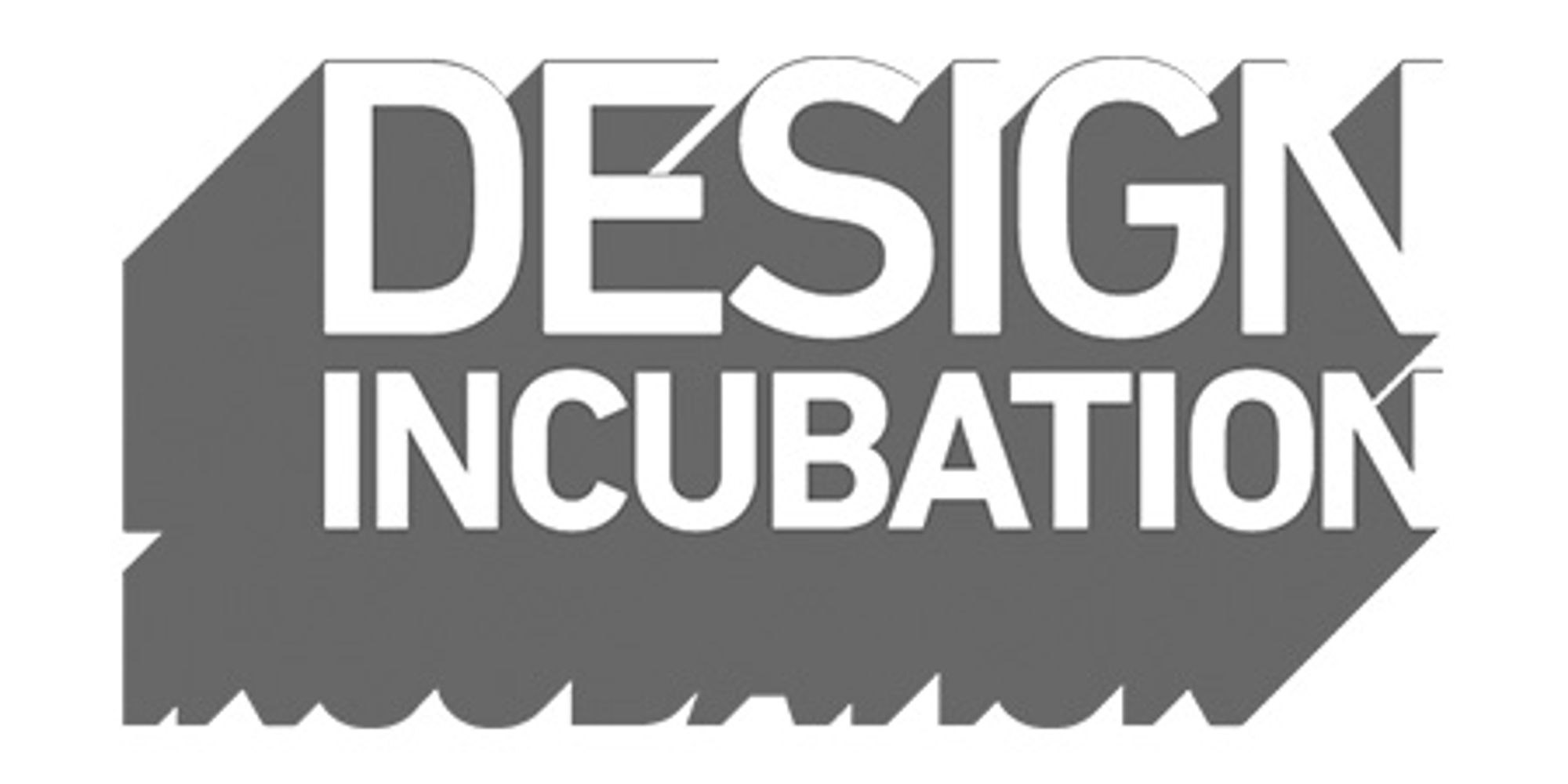
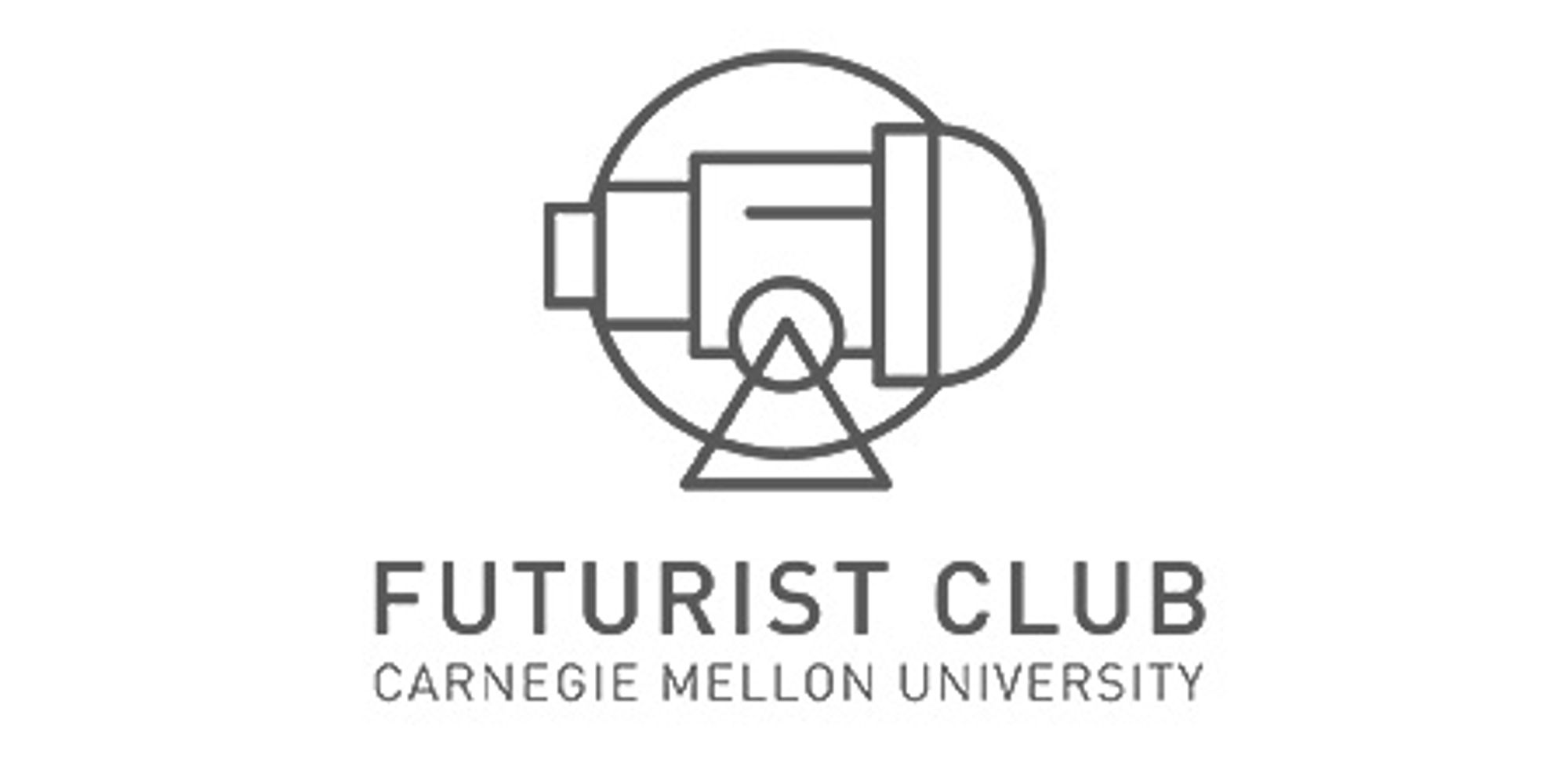
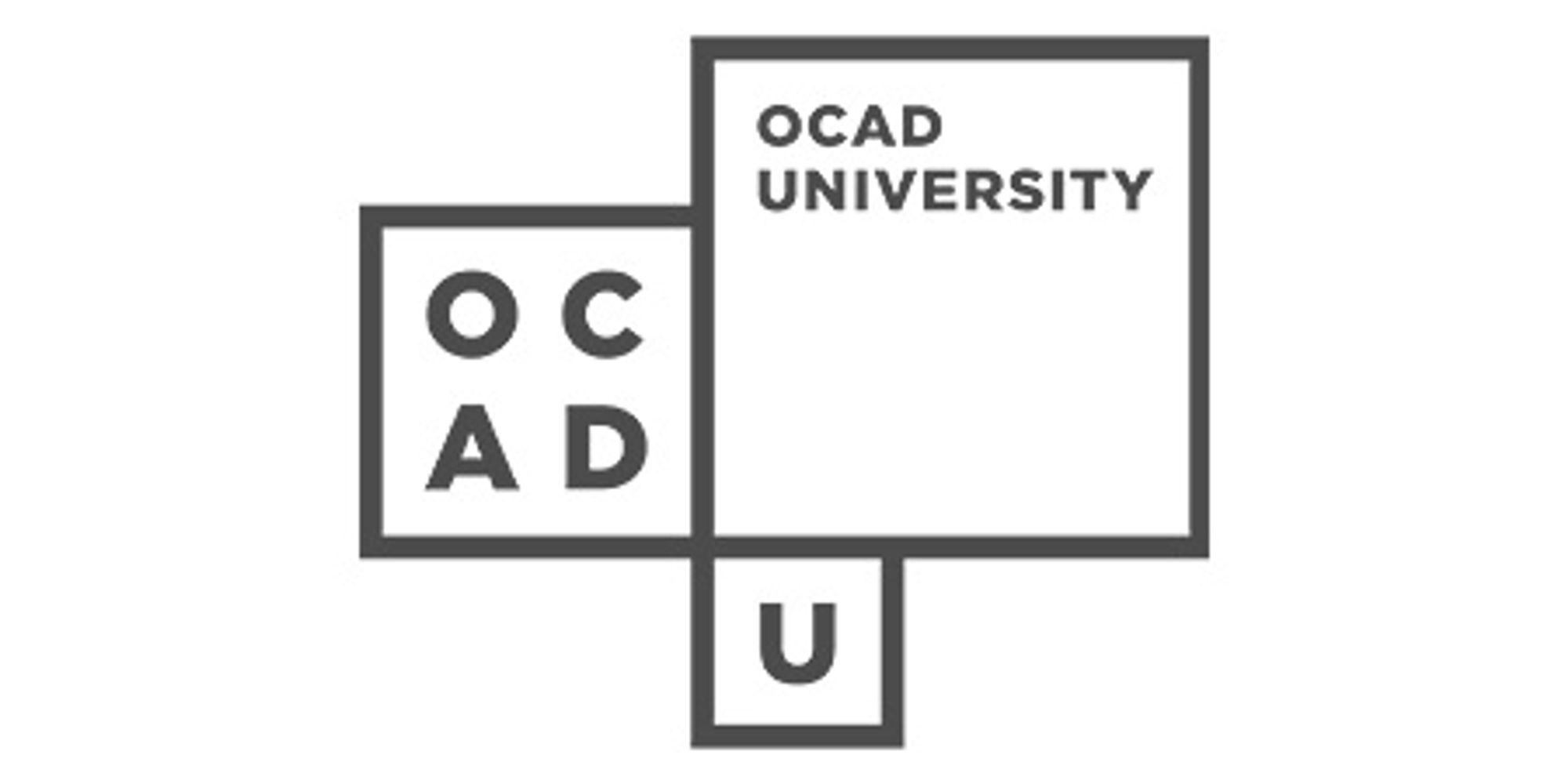
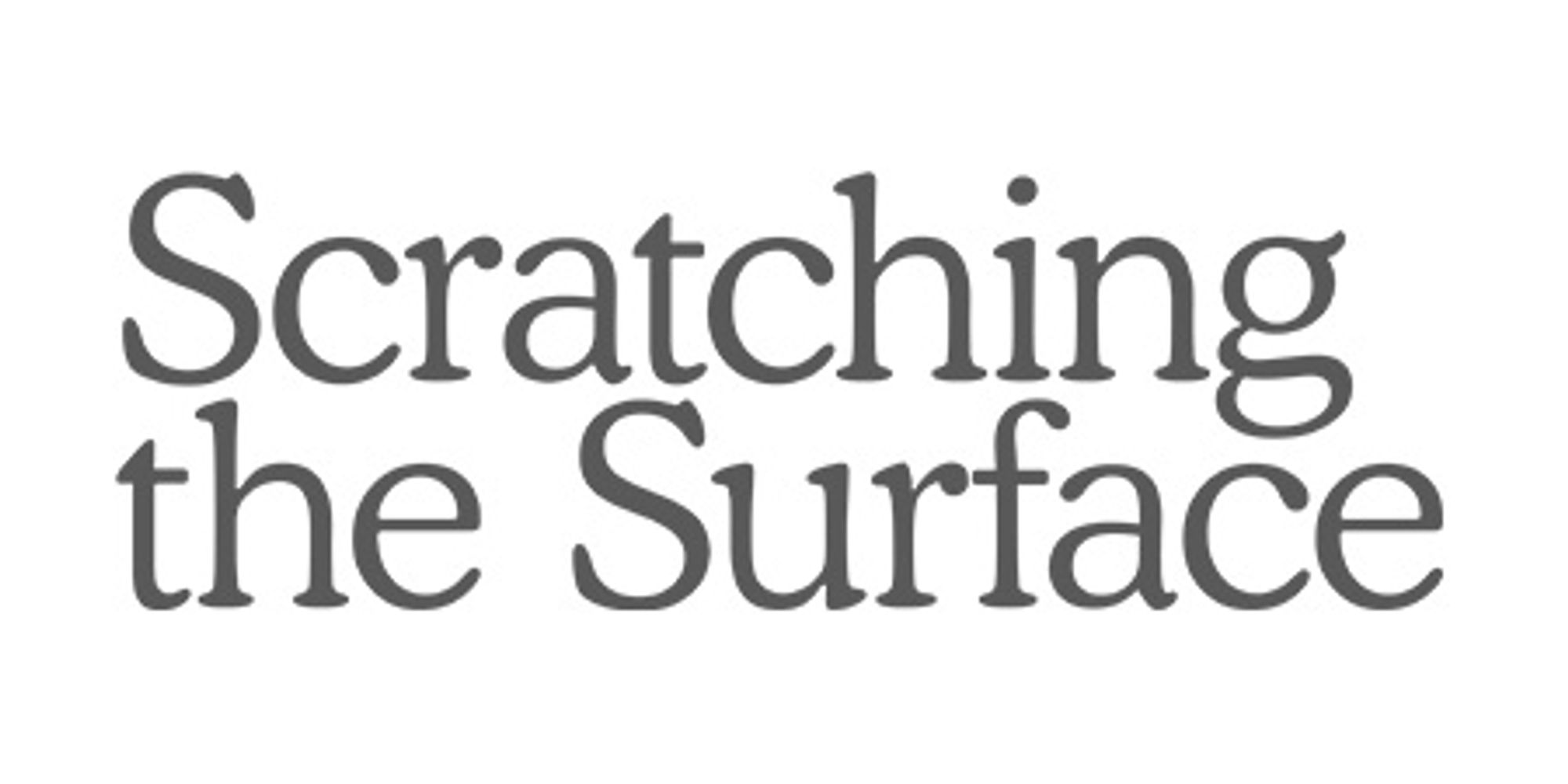
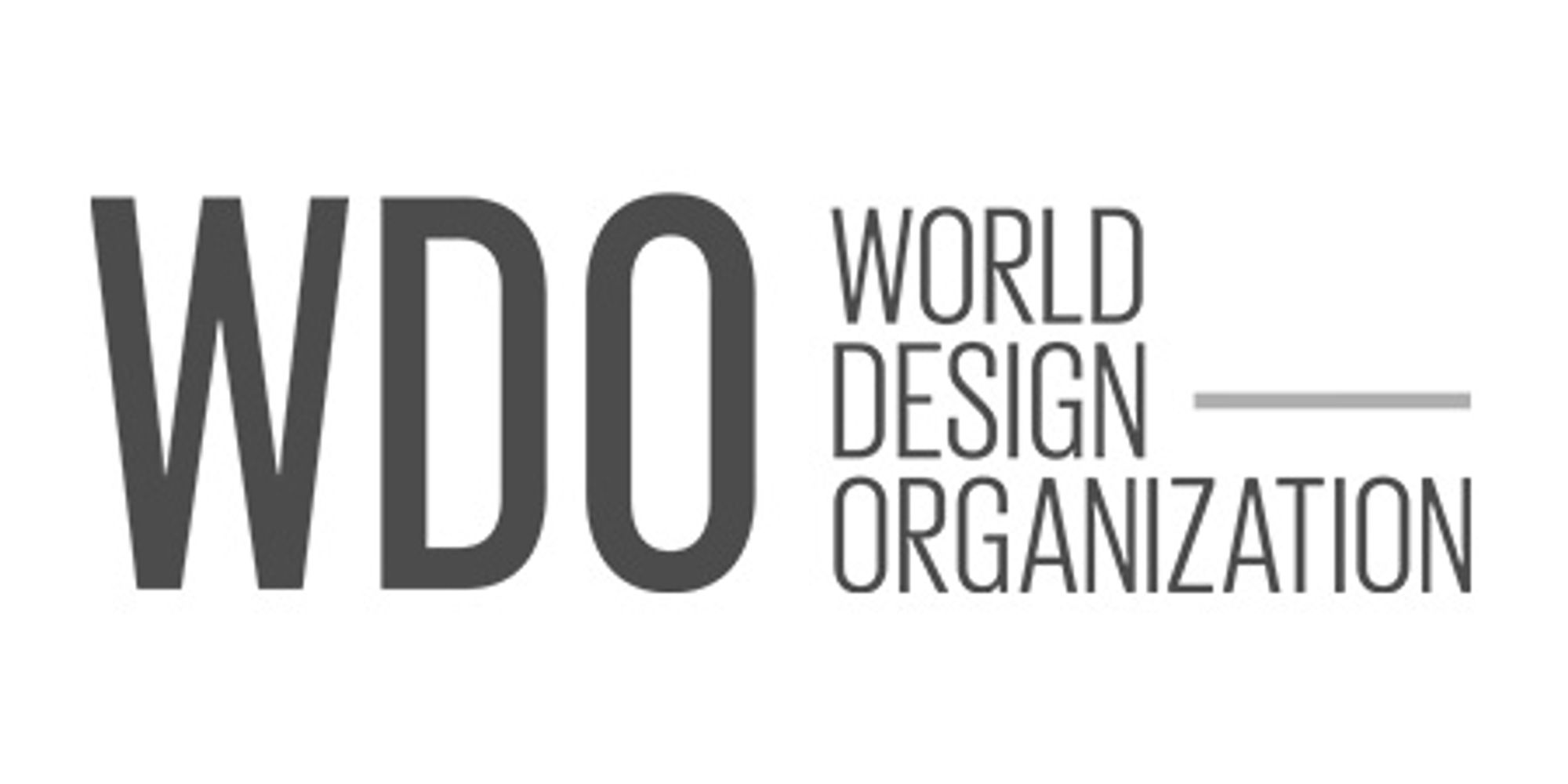

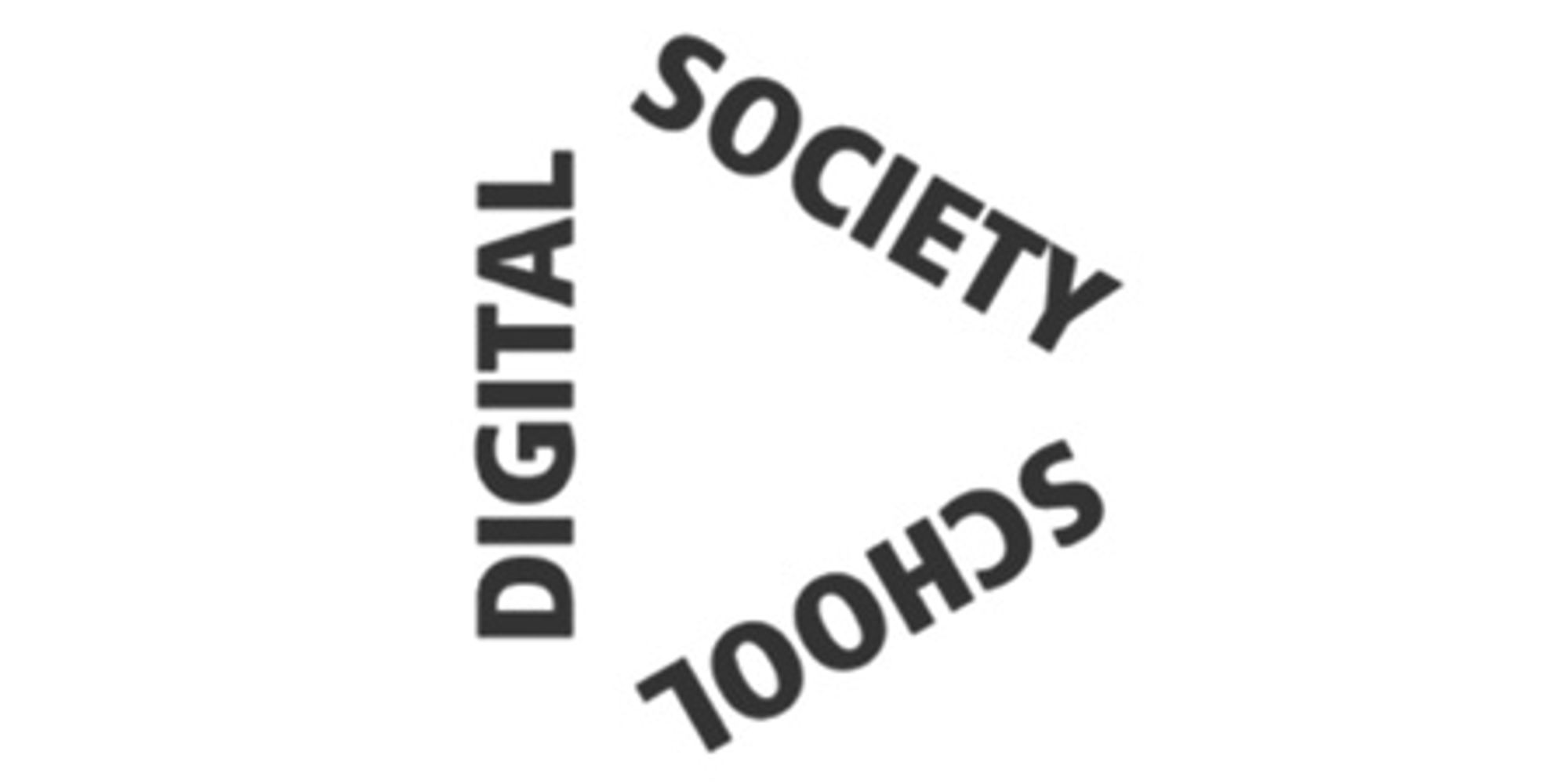

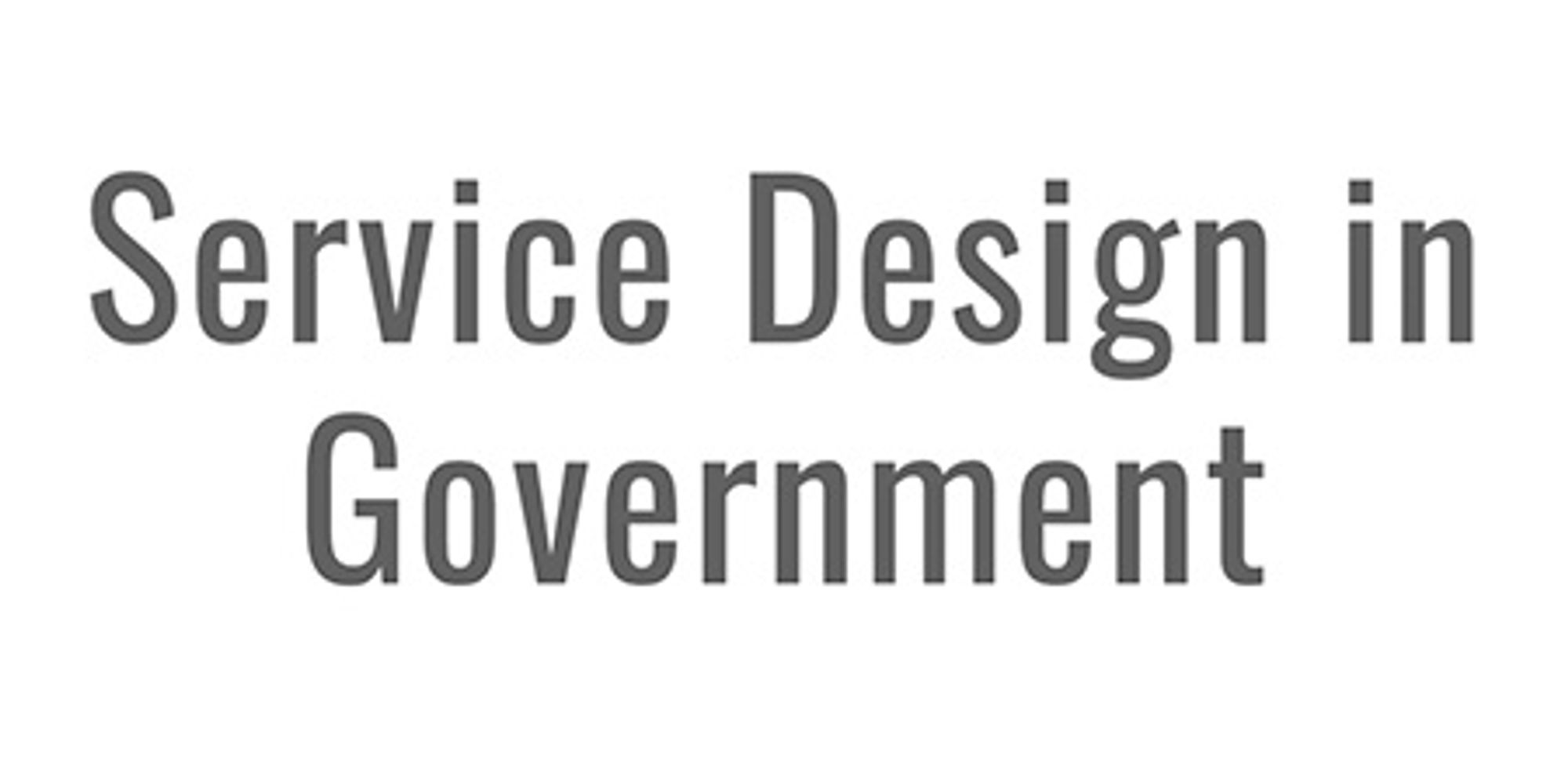
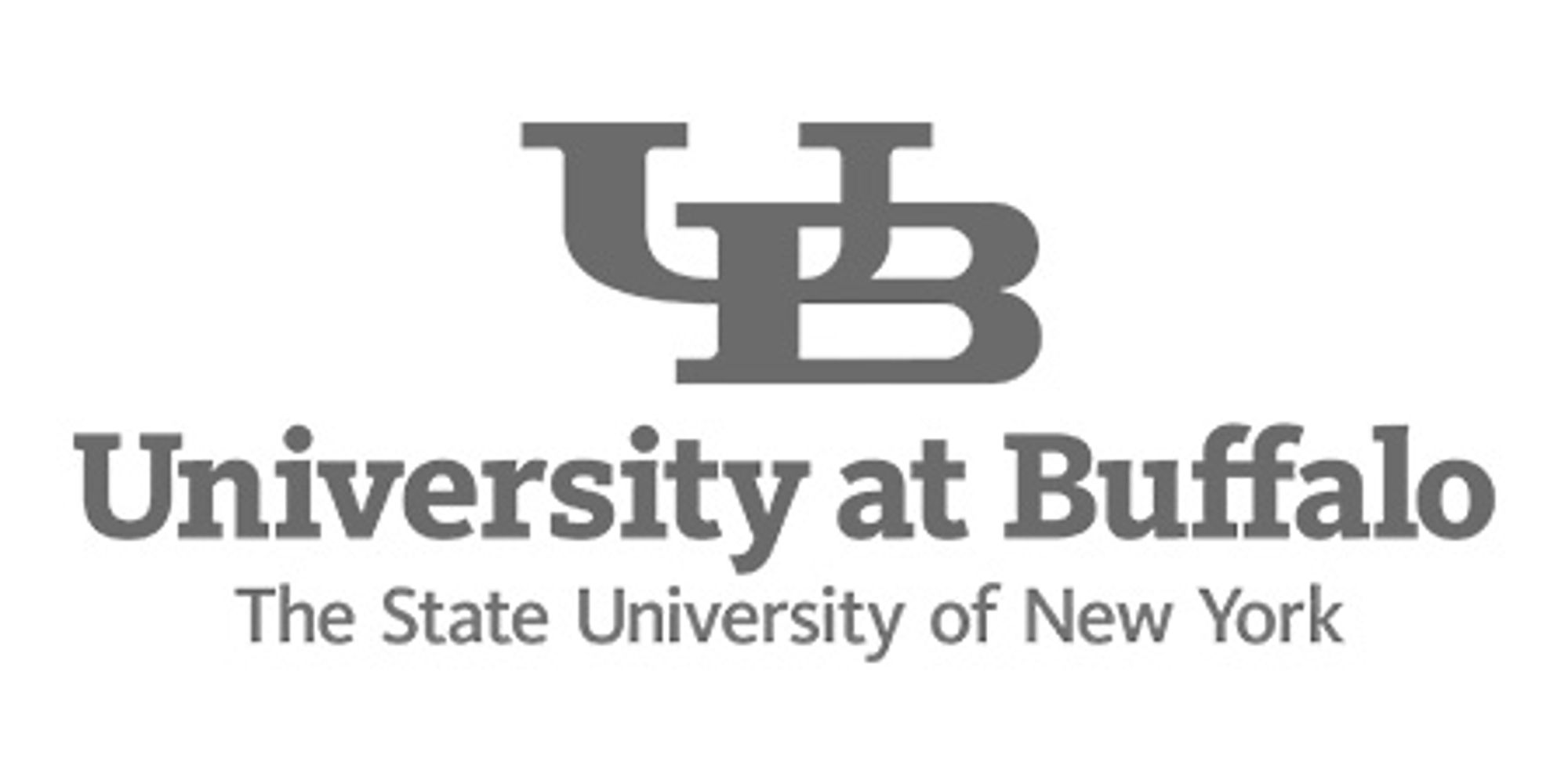
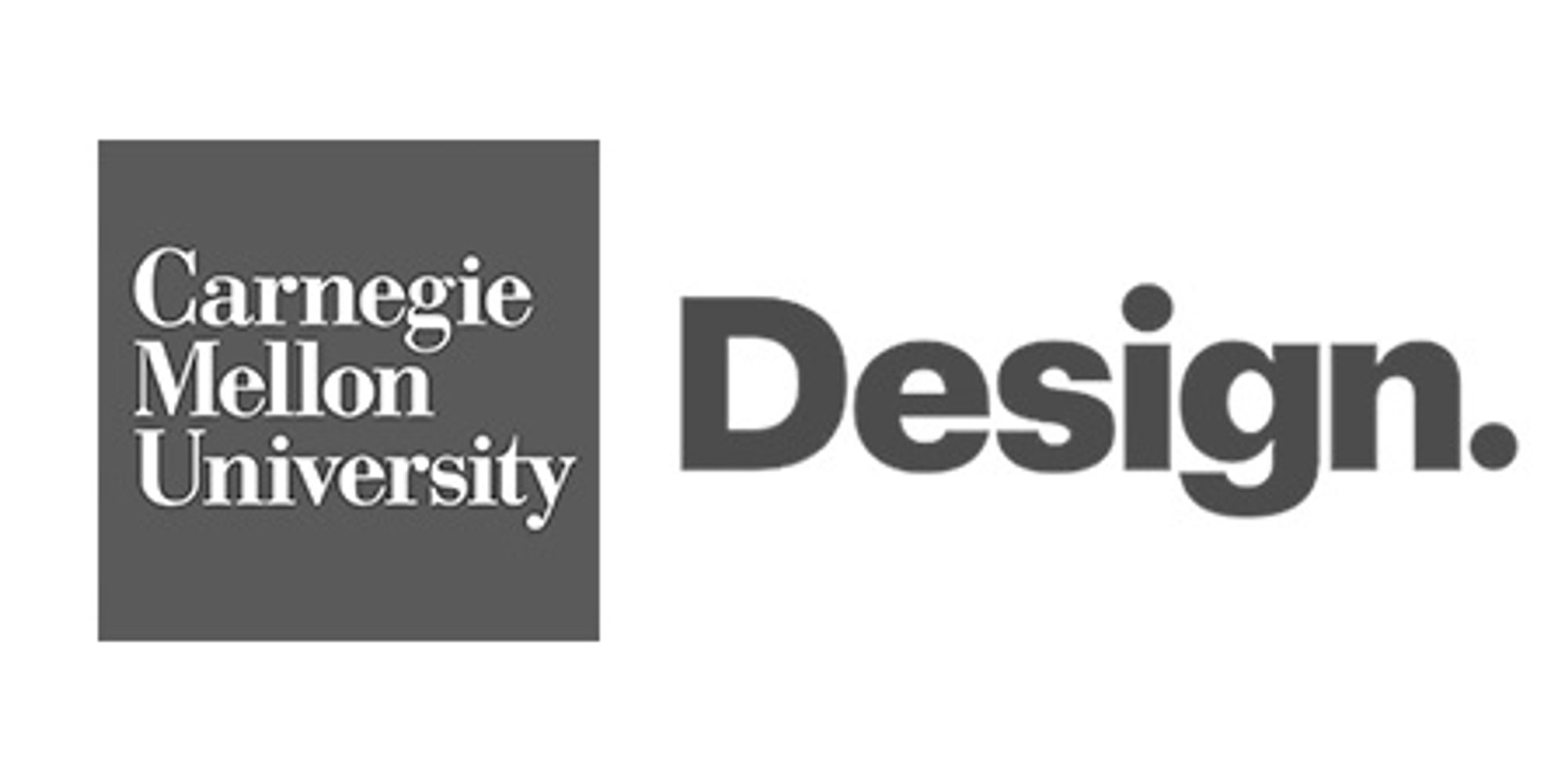


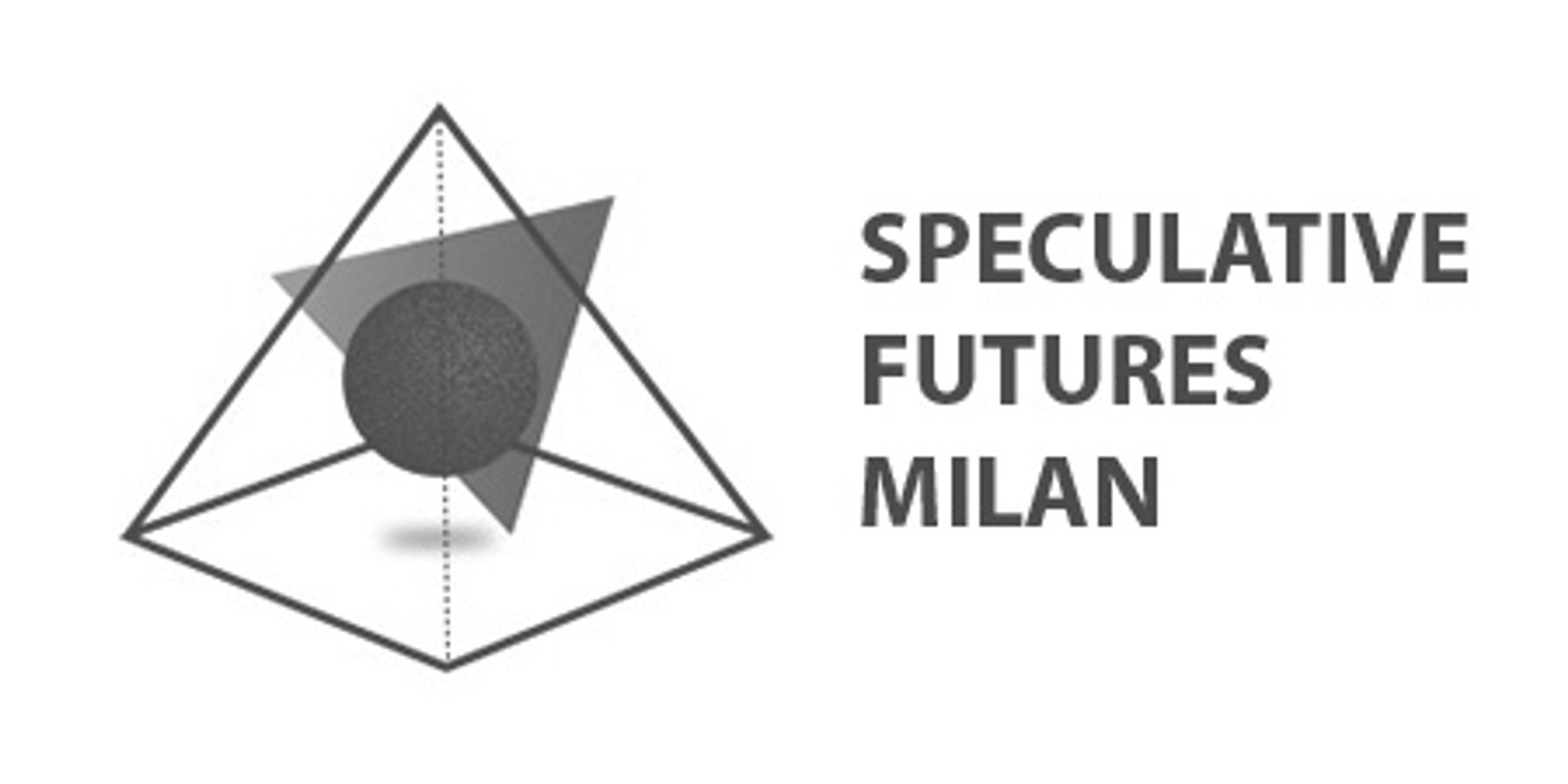

More Kind Words
“One of the best — and dare I say most important — design books I read this year was Matthew Wizinsky’s Design After Capitalism so it was a treat to have him on Scratching the Surface to explore the themes together from post-capitalist design, how capitalism relies on design, and how we design more democratic futures. This is a good one!”
—
Jarrett Fuller
Scratching the Surface (podcast)
North Carolina State University
“Fascinating new book linking futures thinking with design and post capitalist narratives. Concluding chapter asserts that not just another world is possible but another design is possible.”
…
“Must read for all three areas: futures, design, and political-economy. I learned a lot.”
—
Sohail Inayatullah
UNESCO Chair in Futures Studies & Professor
Graduate Institute of Futures Studies, Tamkang University (Taipei)
“Normally, when we come out with great design solutions, constructive suggestions, creative processes, useful frameworks, or brilliant ideas, we discuss them in the context of specific conditions that we intend to study and design. A design context can be various from a physical environment, virtual space, human behavior, and social events, to economic activities and politics.
Reading Prof. Matthew Wizinsky’s latest book—Design after Capitalism: Transforming Design Today for an Equitable Tomorrow—gives me endless and overwhelming creative possibilities of social-economical-technological contexts that I have never thought about before to apply and integrate my design approaches and systemic process and to react, reconstruct, pretotype/prototype, and polish.”
—
Sheng-Hung Lee
MIT Ideation Lab
“Design after Capitalism—a new book that shows us the way to reinvent the discipline. Written by Matthew Wizinsky, the book takes the reader beyond design as a form-giving practice or a currently much-vaunted management consultancy into a broader understanding of the relation of design to society and design to the workforce and the marketplace.
Let's briefly recall that it was Manfredo Tafuri who introduced us to the ‘drama’ of the discipline with his seminal essay on design and capitalist development in the late 1960s. His recourse to developments from the Enlightenment to the present was both eye-opening and frustrating, leading an entire generation (of architects) into paralysis or refusal to work.
For many, business-as-usual design with a pure focus on form was the only way to naively sidestep the socio-philosophical impasse in which designers had found themselves since the 18th century. Sanford Kwinter and Rem Koolhaas, among others, brought this home to us again forcefully in the early 2000s with Requiem (2010) and Junkspace (2001). However, their critique left out the day-to-day work problems of designers and offered no opportunity to develop a changed understanding of the discipline, let alone offer concrete tips for a new practice. Matthew Wizinsky now enters this vacuum eloquently and profoundly with his analysis and remarkable outlook.
Starting with a historical analysis of the relationship between design, business, and society, Wizinsky develops an alternative—and, as it were, certainly ambitious—image of design that seeks not only to liberate itself from an already weakening capitalist system but, more importantly, to legitimize its new role in a post-capitalist era through a strong commitment to society and the earth.
Creating social power, building and sustaining collaborative economies, and implementing degrowth strategies are just some of the tasks he sees as essential to successfully transforming the discipline to escape from the drama that capitalist development has brought about. The concluding chapter on Design after Capitalism in Practice illustrates his approach in a comprehensible way.”
—
Michael Shamiyeh
UNESCO Chair & Professor
Stanford University, University of St. Gallen (Switzerland), University of Art and Design in Linz (Austria)
